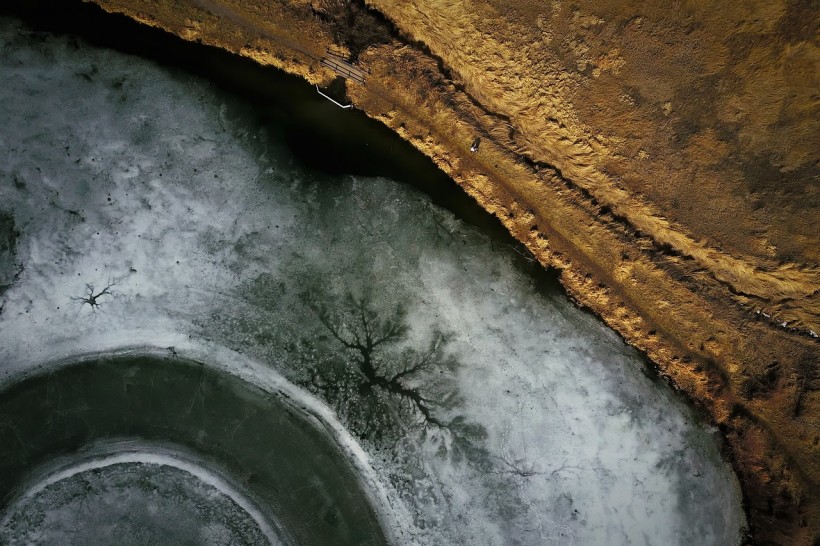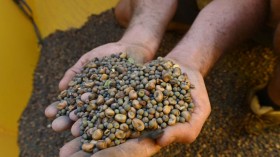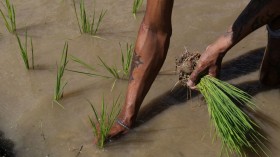Permafrost pertains to a long-frozen ground, including soil, gravel, and sand, with temperatures under 0 degrees Celsius (32 degrees Fahrenheit). Even underwater sediment can be subject to this freezing phenomenon which is often found in the cold environments of the Arctic regions. These sites include Eastern Europe and countries like Greenland, Russia, China, and the state of Alaska in the United States.
While permafrost is an evident part of nature, a question often asked if whether the phenomenon is good or bad, especially when it melts in a process called permafrost thawing. For the past several decades, scientists have discovered that permafrost melting releases climate-damaging greenhouse gases like carbon dioxide and methane into the atmosphere. In climate change, this contributes to the warming of the planet.
Greenhouse gas emissions are often linked with industrial processes like fossil fuel burning and other anthropogenic sources. However, recent studies have shown that permafrost thawing is a great contributor to global warming since it releases the mentioned greenhouse gases. By paradox, the thawing process also accelerates as the Earth's climate continues to warm, according to the National Aeronautics and Space Administration (NASA).
Is Permafrost Good or Bad?

(Photo : Image by Public Co from Pixabay)
According to the International Permafrost Association (IPA), permafrost is a ground (which include ice or organic material) that remains at or below 0 degrees Celsius for at least two consecutive years.
In lowland regions, permafrost is typically divided into several zones based on the approximate geographic continuity in the landscape such as continuous permafrost, discontinuous permafrost, and sporadic permafrost.
The IPA emphasizes that most of the permafrost that we see today formed during cold glacial periods thousands of years ago. Since the late 1960s, warming has been observed in permafrost temperature profiles in many locations, including in lowlands and mountains.
Regarding the question if permafrost is good or bad, there is no answer for it since it is just a permanently frozen layer of soil or rock. However, it becomes bad during permafrost thawing.
Also Read: Swiss Mountain Summit Collapses as Permafrost Thaws; No Injuries Reported in Rockfall
Permafrost Thawing
As mentioned earlier, the melting of permafrost releases stored greenhouse gases. This means that the phenomenon has negative repercussions from a global warming perspective. According to the U.S. Environmental Protection Agency (EPA), permafrost thawing can result in severe impacts for people and the environment, citing that it can damage infrastructure such as roads, buildings, and pipes.
A melting permafrost layer can also collapse soil or vegetation since the frozen ground will be unable to support its weight. Citing the findings of scientists studying permafrost across Alaska for 40 years, the EPA states that data from this research shows how climate change is rapidly influencing permafrost. Aside from climate change, permafrost can also be influenced by agriculture, urban development, and other human activities.
In the coming decades, further permafrost thawing is expected to occur due to projections that the global average temperature will increase amid climate change and global warming.
Related Article: Arctic Rivers at Risk of Losing Permafrost and Releasing Carbon Due to Global Warming
© 2024 NatureWorldNews.com All rights reserved. Do not reproduce without permission.





